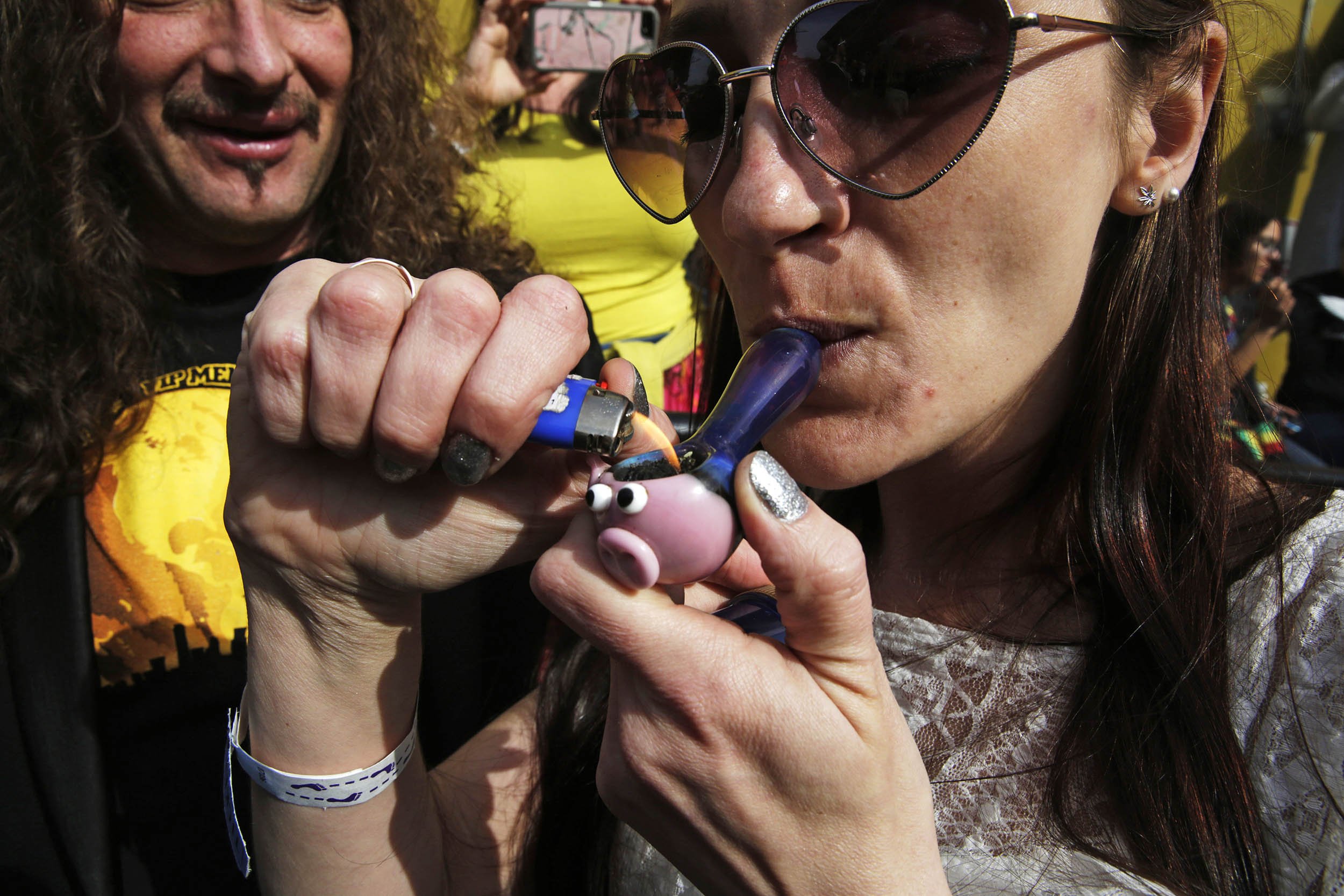
Drug, alcohol and tobacco use among teens is on the decline, though Americans overall continue to consume at a steady rate, according to the 2013 National Survey on Drug Use and Health (NSDUH) released yesterday.
The NSDUH is an annual survey by the U.S. Department of Health and Human Services. The study received around 70,000 responses from Americans aged 12 and older from each state.
Americans' use of illicit drugs—defined as marijuana, cocaine, heroin, hallucinogens, inhalants and nonmedical use of prescriptions—was similar in 2013 and 2012 (9.4 and 9.2 percent respectively). In 2013, the rate of use was highest among 18- to 25-year-olds (21.5 percent), and use remained constant from the previous year. The second largest group of users, 12- to 17-year-olds (8.8 percent), showed a decline in drug use—but marijuana use remained constant.
Past Month Use of Selected Illicit Drugs among Youths Aged 12 to 17: 2002-2013

"The 2013 NSDUH results suggest that the administration's efforts to reduce drug and alcohol use among young people is working," the White House Office of National Drug Control Police (ONDCP) said in a press release.
Or not. Despite White House efforts to educate young people, the percentage who reported seeing prevention messages both inside and outside of school declined. In 2013, 72.6 percent of teens reported having seen or heard drug- or alcohol-prevention messages from sources outside of school, which was lower than in 2002 and 2012 (83.2 percent and 75.9 percent respectively). The percentage of teens reporting that they had seen or heard prevention messages at school also declined during this period, from 78.8 percent in 2002 to 73.5 percent.
Not only are fewer messages being received about the risks of drug use, but between 2002 and 2013, the percentage of teens who perceived a risk from using an illicit drug once or twice a week either declined or remained the same. Perceived risks of cocaine fell from 79.8 percent to 78.4, of heroin from 82.5 percent to 79.8 percent and of LSD from 76.2 percent to 68.7 percent.
Additionally, 9.1 percent said it would be easy to get heroin, 11.3 percent said LSD would be easy to obtain, and 14.4 percent reported cocaine would be easily available.
Alcohol use also declined from 12.9 percent in 2012 to 11.6 percent in 2013. And tobacco use nearly halved, from 15.2 percent in 2002 to 7.8 percent in 2013.
Uncommon Knowledge
Newsweek is committed to challenging conventional wisdom and finding connections in the search for common ground.
Newsweek is committed to challenging conventional wisdom and finding connections in the search for common ground.
About the writer
Lauren is a reporter covering technology, national security and foreign affairs. She has previously worked on award winning teams at ... Read more





